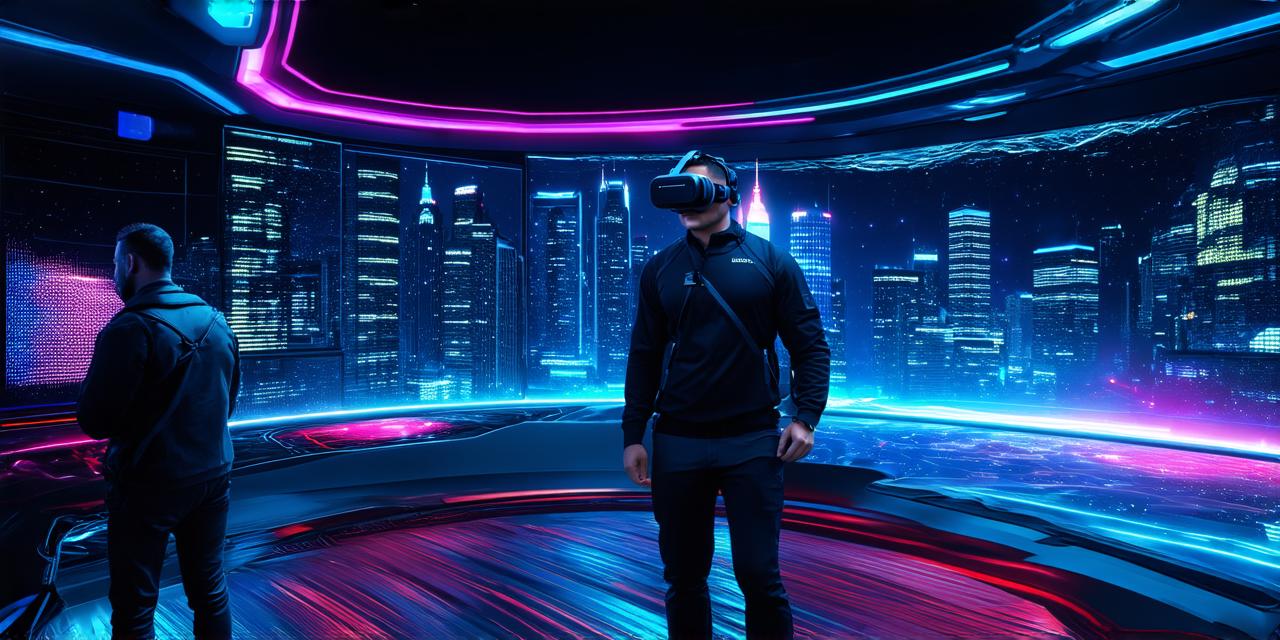
How does VR work scientifically?
Virtual Reality (VR) is a computer-generated simulation that creates an immersive 3D environment in which users can interact with objects and other people.
Table of Contents
ToggleTechnology behind VR
Virtual Reality is a combination of several technologies that work together to create a realistic environment for users to experience. These include:
- Head-mounted displays (HMDs): HMDs are worn on the head and display stereoscopic images, creating the illusion of depth in the virtual world.
- Motion tracking: VR systems use motion tracking sensors to track the user’s movements, allowing them to interact with objects in the virtual world.
- Eye-tracking: Some VR systems use eye-tracking technology to adjust the image displayed in the HMD based on where the user is looking.
- Haptic feedback: Haptic feedback technology allows users to feel sensations in the virtual world, such as vibrations or pressure from objects they are interacting with.

The brain and VR
When a user wears an HMD and interacts with objects in the virtual world, their brain processes this information in a way that is similar to how it would process information about the real world. This is known as “sensory fusion,” where information from different senses (such as vision, hearing, and touch) are combined to create a single perception of the environment.
Studies have shown that VR can have significant effects on the brain, including changes in neural connectivity and changes in the way the brain processes information. For example, VR has been found to be effective in treating conditions such as anxiety, depression, and PTSD by providing a controlled, safe environment for users to confront their fears or traumas.
Conclusion
In conclusion, Virtual Reality is a complex technology that combines several different components to create an immersive 3D environment for users to experience. When used correctly, VR can have significant effects on the brain, making it a powerful tool for therapy and other applications. As VR technology continues to evolve, we can expect to see even more exciting and innovative uses for this technology in the future.

